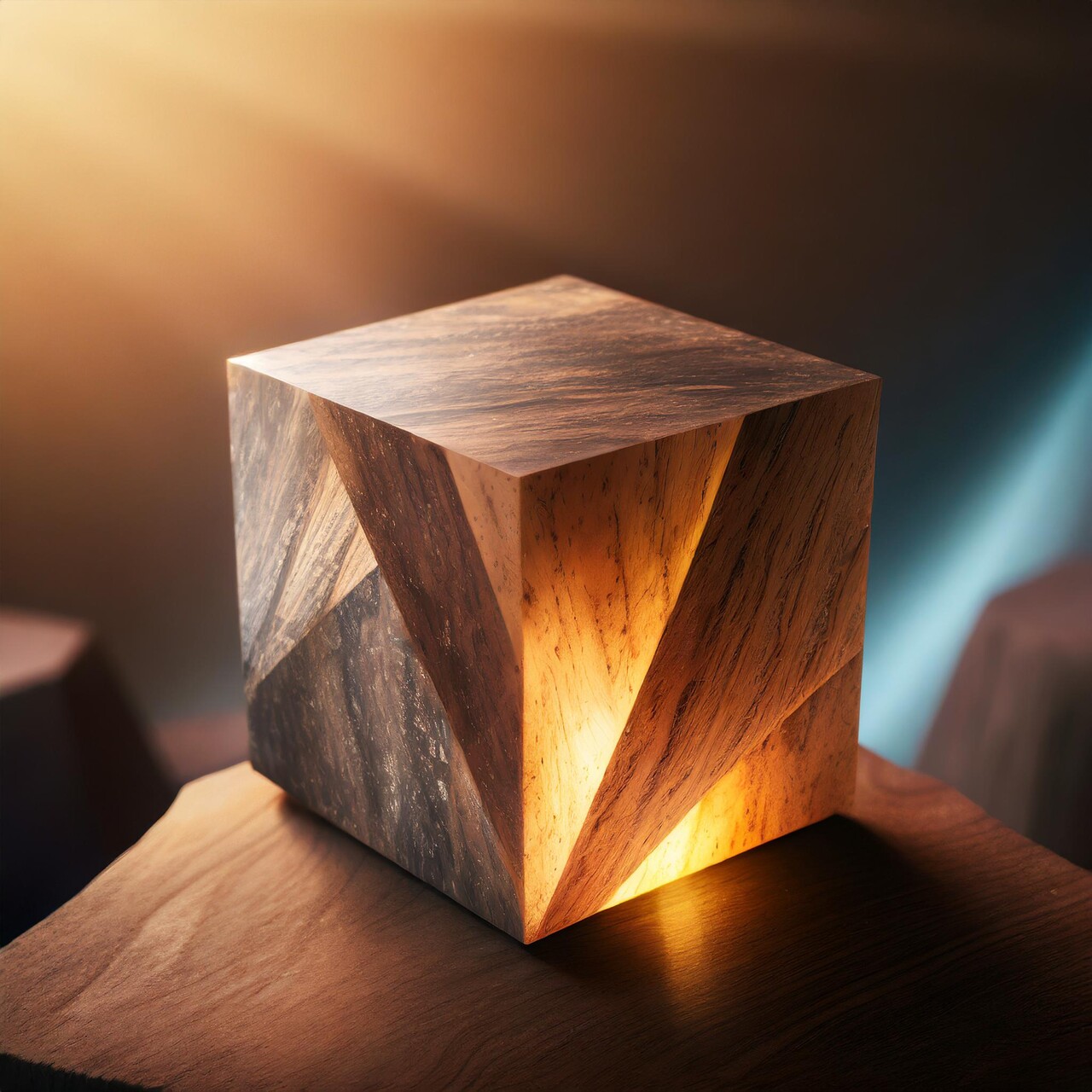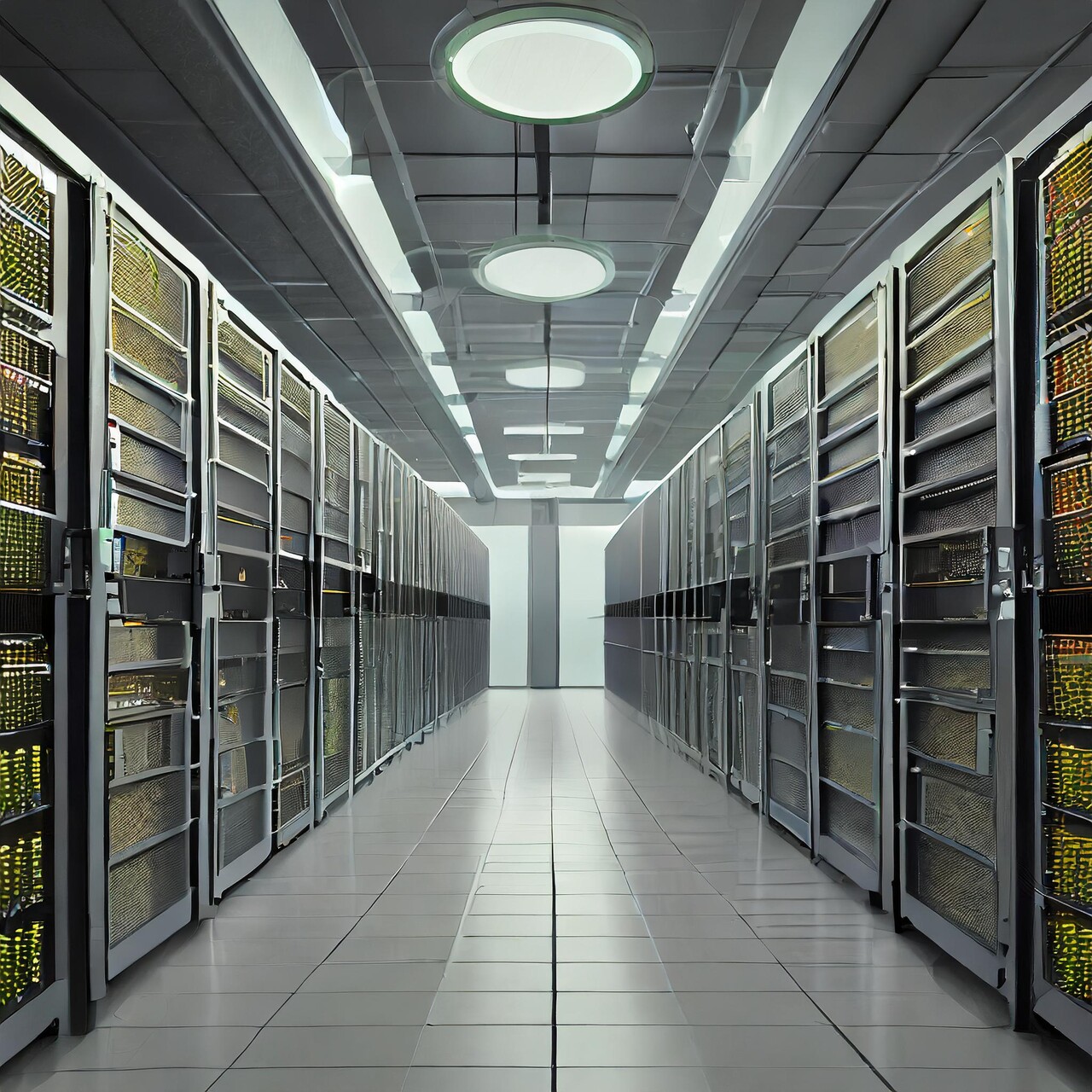In today's rapidly evolving digital landscape, staying ahead of the curve is crucial for brands to capture attention and drive engagement. As a marketing manager or business leader, you're constantly seeking innovative ways to elevate your brand's visuals and connect with your audience. This is where the power of 3D art, combined with the revolutionary potential of Artificial Intelligence (AI), comes into play.
The world of design is undergoing a seismic shift thanks to AI. While the term "AI" might conjure images of futuristic robots, the reality is that AI tools are already transforming creative industries, offering powerful new ways to enhance creativity, streamline workflows, and ultimately deliver more value to businesses.
From Concept to Creation: AI as a Catalyst for 3D Art
AI is not here to replace artists; rather, it's a powerful new tool in the creative arsenal. Think of it like any other revolutionary tool in history – a force that can be harnessed to unlock new levels of productivity and quality. Today's AI tools, particularly in the realm of language, image generation, voice, and video, have reached a level of maturity that makes them incredibly useful for 3D artists and, by extension, for the brands they serve.
One of the most exciting applications of AI lies in rapid prototyping. Imagine being able to quickly visualize a product concept, not through rough sketches or basic mockups, but through detailed, AI-generated imagery. Image generation models allow us to iterate on designs at lightning speed, exploring different styles, compositions, and details in a fraction of the time it would take using traditional methods.
For Your Business, This Means...
- Enhanced Communication: Now, regardless of your technical skills, you can use these AI tools to generate your own concept imagery. Instead of struggling to articulate your vision with words and limited sketching skills, you can present 3D artists with more refined visuals, ensuring that the final product aligns perfectly with your expectations. A visual that was very difficult to achieve a few years ago.
- Cost-Effectiveness: Streamlined processes and faster iteration translate to cost savings, allowing you to maximize your budget without sacrificing quality.
- More Creative Exploration: AI opens doors to exploring a wider range of design possibilities, leading to more innovative and impactful product visuals.
The Future is Now: Adapt and Thrive
The integration of AI into creative workflows is not just a trend; it's a fundamental shift. Just as in the natural world, where species must adapt or face extinction, businesses and artists must embrace these new tools to remain competitive. The rapid pace of AI development suggests that what we see today is only the tip of the iceberg. New AI-powered tools and applications for 3D art are constantly emerging, promising even greater advancements in efficiency and creative potential.
By partnering with 3D artists who understand and utilize AI, you're not just getting stunning visuals; you're investing in a future-proof approach to design that will keep your brand at the forefront of innovation. You're ensuring your products are brought to life with captivating visuals that drive results.



